As you may know, MCBs are tiny devices that act as controlling agents during an unusual supply of power. This mechanism cuts off an electrical system as soon as it detects an overload or a power surge. Generally, it finds use as a replacement for a fuse. Depending upon the nature of the electrical applications, you can incorporate different types of MCB in your residences and in industries. Read this new blog in Linquip to find out more about them.
Depending on your application or requirement, Linquip can provide you with all the information you need to make an informed decision on the MCB equipment you need. Here at Linquip, we will answer any questions you have regarding MCB. You can begin by reading the Linquip article “What Is MCB?”.
Are you looking for MCB devices? You can browse a wide range of MCB products for free at Linquip. Where do you intend to buy MCB products? Linquip offers free access to all MCB Devices for Sale. You can also contact Linquip to inquire about MCB equipment or device prices and receive free quotations from MCB suppliers and companies.
What is MCB?
MCB or miniature circuit breaker is an electromechanical device that protects an electric circuit. It prevents damage to an electrical circuit as a result of excess current.
MCBs are protective devices that break the circuit in case of overload or short circuits.
MCB works based on either the bi-metallic strip or by a magnetic trip coil. Both methods work by deflecting the latch attached to stop the flow of current. While the bimetallic piece gets heated, the magnetic coil uses the magnetic flux and deflects the latch to open the circuit.
An MCB is a better alternative to a fuse since it does not require replacement once an overload is detected. Unlike a fuse, an MCB can be easily operated and thus offers improved operational safety and greater convenience without incurring a large operating cost.
In older small circuits that take less current used fuses to provide protection, and today MCB in these less current consuming circuits takes the place of fuses.
Features of MCB
These are some features of the MCB:
- Its current rating is a hundred amperes.
- It operates thermally.
- Usually, its tripping is not controllable.
MCB can be easily operated and thus offers improved operational safety and greater convenience without incurring an expensive operating cost.
They find use to protect lower current circuits and have the following specifications:
- Current rating – Amperes
- Short Circuit Rating – Kilo Amperes (kA)
- Operating Characteristics – B, C, D, Z or K Curves
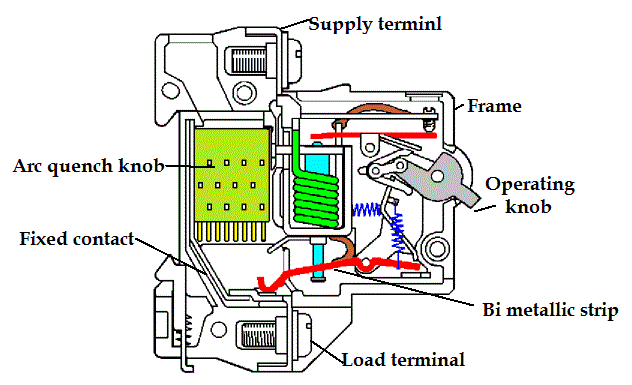
Different Types of MCB Based on their Trip Curves
- Type B MCB
- Type C MCB
- Type D MCB
- Type K MCB
- Type Z MCB
There are various types of MCB according to tripping over the range of fault current. Each type is responsive to the likely strength of electrical surges in different settings and a particular load of power. Several different kinds of MCB are available:
Types A, B, C, D, K, and Z. However, the three crucial versions are type B, type C, and type D.
These variations are typically known as their ‘trip curve’, also known as their tripping attributes that are the range of tripping fault current at which the device operates in the event of a short circuit or overload.
Let’s take a look at the differences between each type:
Type B MCB
B types trip if the current flowing through hits between three and five times the recommended maximum.
Type B is the most sensitive types of MCB, designed for domestic and low voltage commercial settings where any current surges are likely to be small like lighting circuits, home wirings, etc.
- Functions of Type B MCB are protection for people and big-length cables in TN and IT systems.
Type C MCB
C types trip at currents between five and ten times their rated load. They find use in commercial or industrial types of applications where there could be chances of higher values of short circuit currents in the circuit.
Good examples include smaller electric motors, fans, fluorescent lighting, small transformers, pilot devices, control circuits, coils, etc.
- Functions of Type C MCB are protection for resistive and inductive loads with low inrush current.
Type D MCB
D type MCBs are the least sensitive type, only activating when current surges to between ten and twenty times the recommended maximum.
Examples include welding equipment, X-ray machines, UPS systems, large motors, uninterruptible power supply units, industrial welding equipment, etc.
- Functions of Type D MCB are protection for circuits that supply loads with high inrush current at the circuit closing (transformers, breakdown lamps).
Type K MCB
Type K trip when the current reaches 8 to 12 times than the rated current with an operating time of less than 0.1 Second. These are used for inductive loads which have a chance of high inrush currents. They are also a good choice for motors.
Type Z MCB
Type Z MCBs are highly sensitive MCBs that operate for a current value between 2 to 3 times the rated current with an operating time of less than 0.1 Second. They are used with more delicate devices prone to short circuits, such as semiconductors.
Type A, K, and Z MCBs have extremely small operating times compared to type B, C, and D MCBs. Class A, K, and Z are highly sensitive breakers that operate very quickly in a short time used to protect sensitive devices.
The tripping current and operating time of each of the above MCB types are given in the table below.
| Type | Tripping Current | Operating Time |
| Type B | 3 To 5 times the full load current | 0.04 To 13 Sec |
| Type C | 5 To 10 times the full load current | 0.04 To 5 Sec |
| Type D | 10 To 20 times the full load current | 0.04 To 3 Sec |
| Type K | 8 To 12 times the full load current | <0.1 Sec |
| Type Z | 2 To 3 times the full load current | <0.1 Sec |
Types of MCBs based on the number of poles
- Single Pole MCB
- Double pole MCB
- Triple Pole MCB
- Three poles with a neutral
- Four Poles
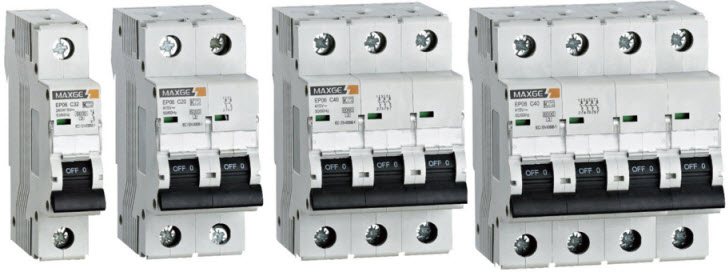
Another way of classifying MCBs is on the number of poles they have which are as follows.
Single Pole MCB
A single-pole circuit breaker has one switch and also protects a single phase of the circuit.
Double pole MCB
The double pole circuit breaker has two switches and also protects two-phase and neutral.
Triple Pole MCB
A three-pole circuit breaker has three switches, and they also protect the three phases.
Three poles with a neutral
Three poles and a neutral circuit breaker protect the three phases of the circuit. It also has a neutral switch.
Four Poles
A four-pole MCB contains four switches, three phases, and a neutral. But unlike the three poles with neutral, the four poles protect all the phases and the neutral. They are used in places with an unbalanced circuit.
Types of MCB amps Ratings
The current rating is the value of the current over which the breaker gets tripped. The Rated current of the MCB to be used depends on the load current of the equipment to be protected. For a typical MCB, this rating is 6 amperes to 125 amperes. They are available in the following ratings: 6A, 10A, 16A, 20A, 25A, 32A, 45A, 50A, 63A, 80A, 100A, 125A.
For example, if you use AC in your house, then it is advisable to use a 20 amps MCB, and for regular lights and fans, 6amps should do just fine.
The following lists some of the most frequently encountered load capacities for commercial MCBs:
- 6 amps
- 10 amps
- 16 amps
- 20 amps
- 25 amps
- 32 amps
MCB vs fuse
- MCB lasts for a long time, while the fuse gets damaged after a single trip.
- Unlike a fuse, MCB has a plastic enclosure that covers the metallic conductor.
- MCB has a switch, unlike fuse.
- MCBs are easy to restart after tripping while the fuse must be changed.
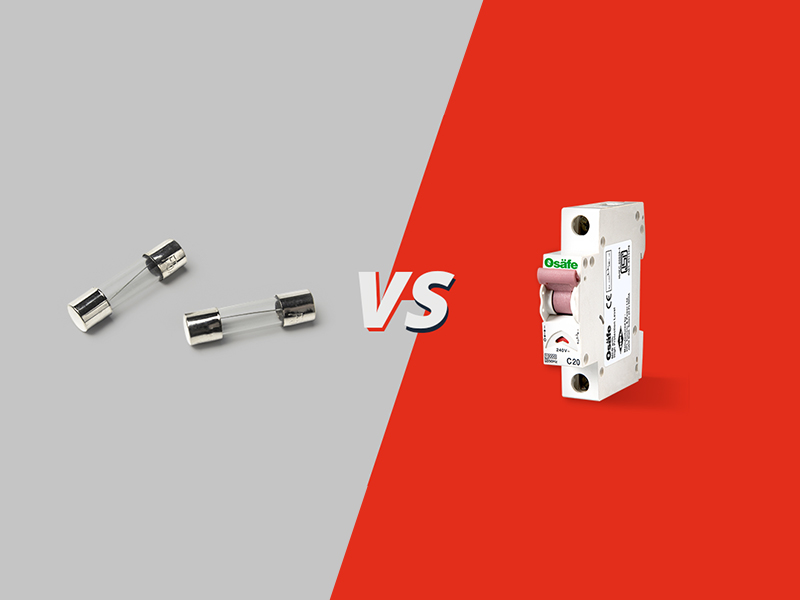
Selection procedure
Now that you know about the types of MCB, you should analyze the kind that would best suit your household device. Before choosing the type of MCB, it is essential to find out a few technical details. First, check what voltage and frequency with which the device functions, like if it is AC or DC. Next, note the starting current load and trip characteristics. Additionally, see if there are any extra features like a manual or automatic reset and safety approvals. Sometimes, the operating conditions, like the temperature, corrosion, and radiation, may contribute to choosing the correct MCB. Although the current rating is the primary deciding factor, it is better to analyze other factors before investing in the MCB as it plays an important role in preventing electrical hazards at your place.
What Is the Working Principle of MCB?
As a result of an overflow of current through an MCB, the bimetallic strip becomes heated and deflects by bending. By deflecting the bi-metallic strip, the latch is released. By stopping the flow of current in the circuit, the latch causes the MCB to turn off.

MCB Applications
MCB performs many functions such as local control switches, isolating switches against faults, and overload protection devices for installations or specific types of equipment or appliances.
MCB is vital for the efficient functioning and maintaining the safety of the electric machines. Thus, it finds use in most electrical appliances, be it for domestic usage or industrial purposes. The multitude of electric connections at home like lights, heater, and fans require MCB to check and protect them.
Ideally, types of MCB are an excellent solution for homes, buildings, and commercial areas with less equipment. The effective installation of MCBs can ensure the safety and protection of all the electrical systems across households and industries. Here are examples of MCB uses:
-
Home Electrical Panels
MCBs protect homes from overload. Due to their capacity to handle large amounts of electricity, they are much more reliable and safer than a fuse. One of its advantages is that it ensures equal distribution of electrical energy across all the devices. There will be lesser instances of power fluctuations inside the house.
-
Heaters
MCBs are a dependable safety solution if you have installed heaters in your home or office. With a successful installation of an MCB, you can avoid heaters from developing high voltage fluctuations as it draws a large amount of power from the main supply.
-
Lights
Every household has an extensive lighting system. MCBs can play a significant role in the effective distribution of electricity across all the lighting systems of the house. For instance, the operation of fluorescent lamps requires large amounts of electricity as compared to light bulbs. Here is where MCBs come to the rescue. Additionally, MCBs help in maintaining the quality and safety of light bulbs.
-
Industrial Applications
MCBs can provide an impressible safety mechanism in small-scale as well as large-scale industries. Ideally, most of the machinery in industries requires up to 30 kA of power supply. In such a case, there is a need to switch to MCBs from old fuses. In commercial establishments, types of MCB play a key role in maintaining the efficiency of the applications and installations by optimizing its energy flow. They find use in hotels, supermarkets, and bakeries.
Are There Any Disadvantages to MCB?
Here are some disadvantages of MCB:
MCBs are more expensive than fuses. In general, an MCB distribution board is more costly than a rewireable fuse board. The probability of overloading the circuit is eliminated by operating by someone who is unqualified.
So, there you have a detailed description of different types of MCB and their characteristics. If you enjoyed this article in Linquip, let us know by leaving a reply in the comment section. Is there any question we can help you through? Feel free to sign up on our website to get the most professional advice from our experts.
Download Types of MCB PDF
To get immediate access to this content, you can download it as a PDF document.
Buy Equipment or Ask for a Service
By using Linquip RFQ Service, you can expect to receive quotations from various suppliers across multiple industries and regions.
Click Here to Request a Quotation From Suppliers and Service Providers
Read More In Linquip
- A good look at Vacuum Circuit Breakers
- Types of Circuit Breaker: A Basic Guide to Know Different Classifications
- Difference Between Isolator and Circuit Breaker: Ultimate Guide
- Difference Between Relay and Circuit Breaker: Everything You Need to Know
- 7 Types of Capacitors and Their Uses
- What is Paper Capacitor Used for?
- 3 Different Types of Hygrometers and Their Applications
- All Types of Pneumatic Fittings: Specifications and Applications
- 4 Types of Thermowell: Application and Duty
- Types of Resistor: Classification, Application, and Finally Clarification
- What is Multiplexing and Their Types? A Complete Guide
- 3 Main Types of Pneumatic Cylinders With Application
- What is Thermowell? Types & Working Principle

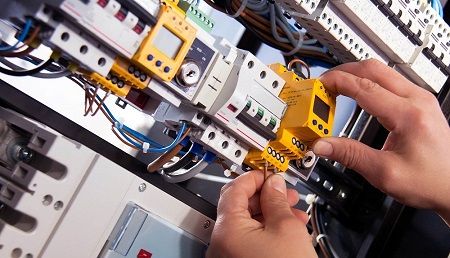
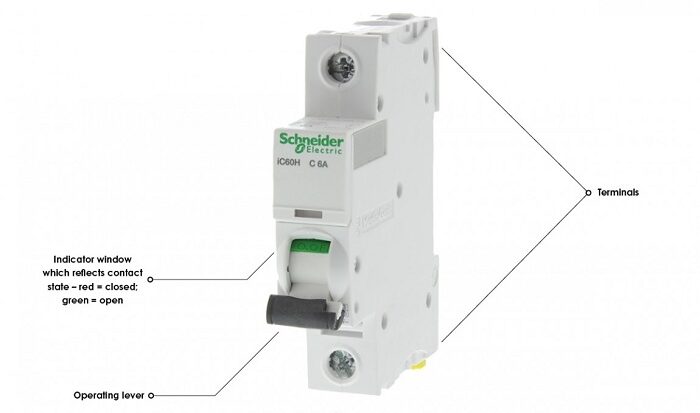
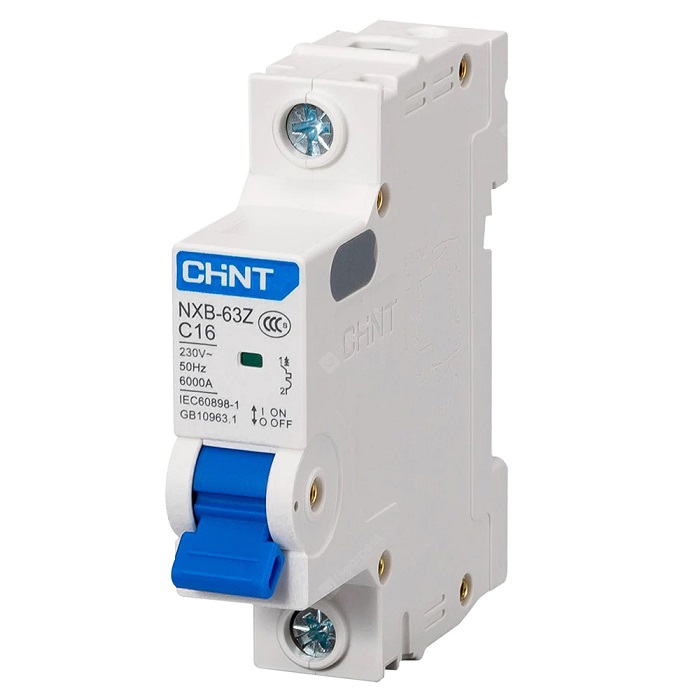


It’s very useful information about MCB in detail in this blog. I learned a lot of things about MCB.
Thanks for sharing your experience with us! You can also visit our industrial directories, where you can find thousands of various industrial equipment based on your application and demand.
I like your good technical information thank you..
We appreciate your interest in our website and your visit, Shantakumar! We also recommend checking out Linquip, a hub for a wide variety of manufacturers, suppliers, and industry professionals and equipment.
Actually MCB 63 Amp very useful in safeguarding your commercial premise from electric fire accident due to over current flow
Gowtham, thanks for visiting our website! You can also find many industrial equipment and companies on the Linquip website.
This is very informative and beautifully explained. Kindly share about other breakers like MCCB, VCB, ACB etc.